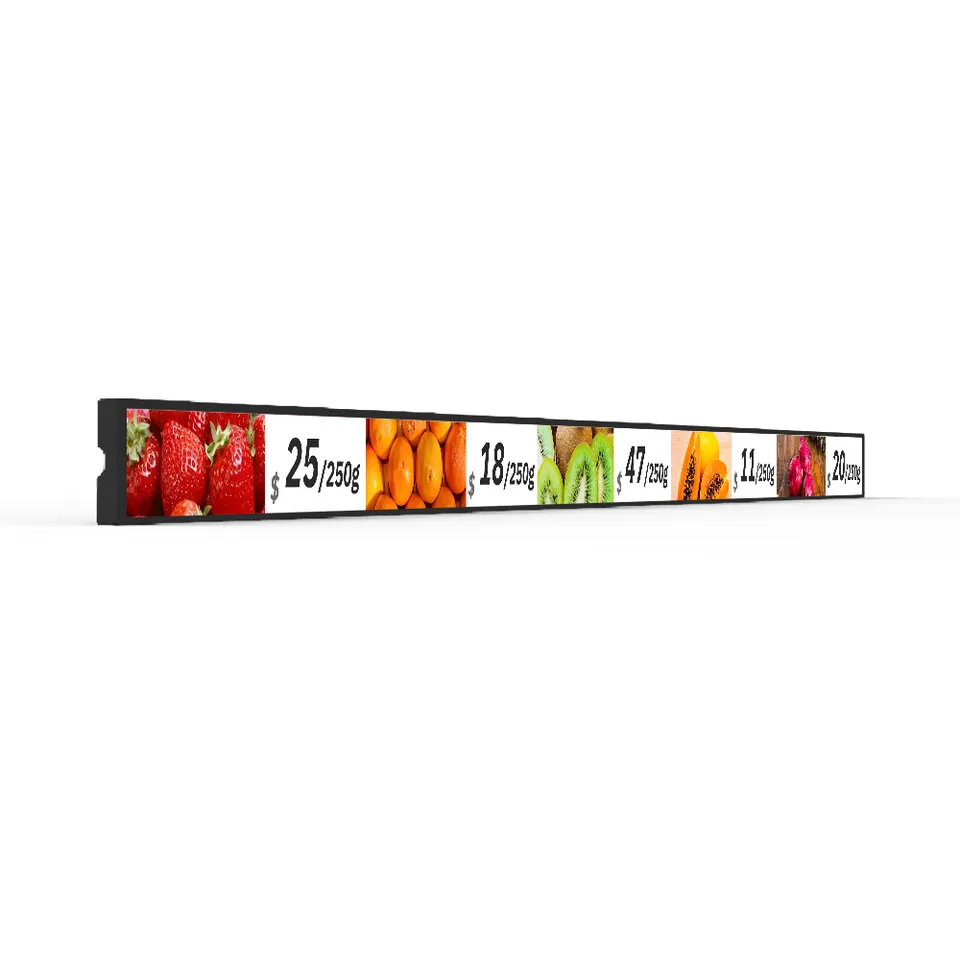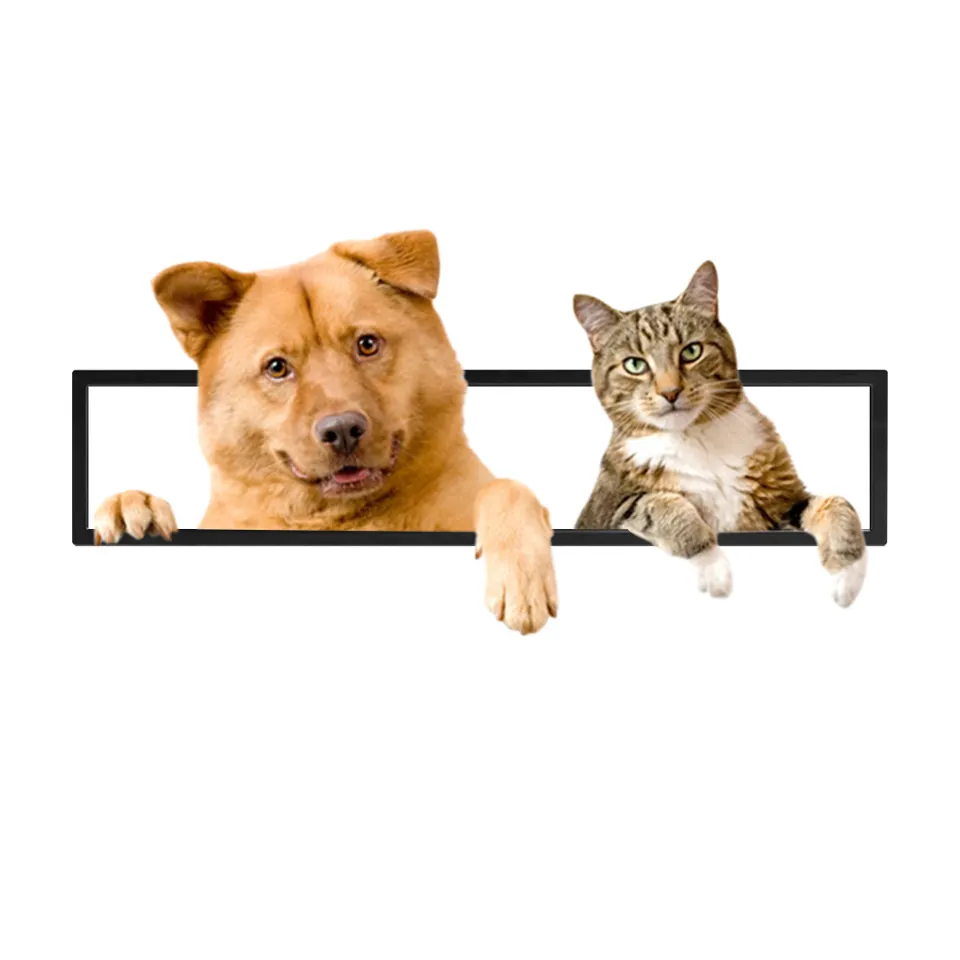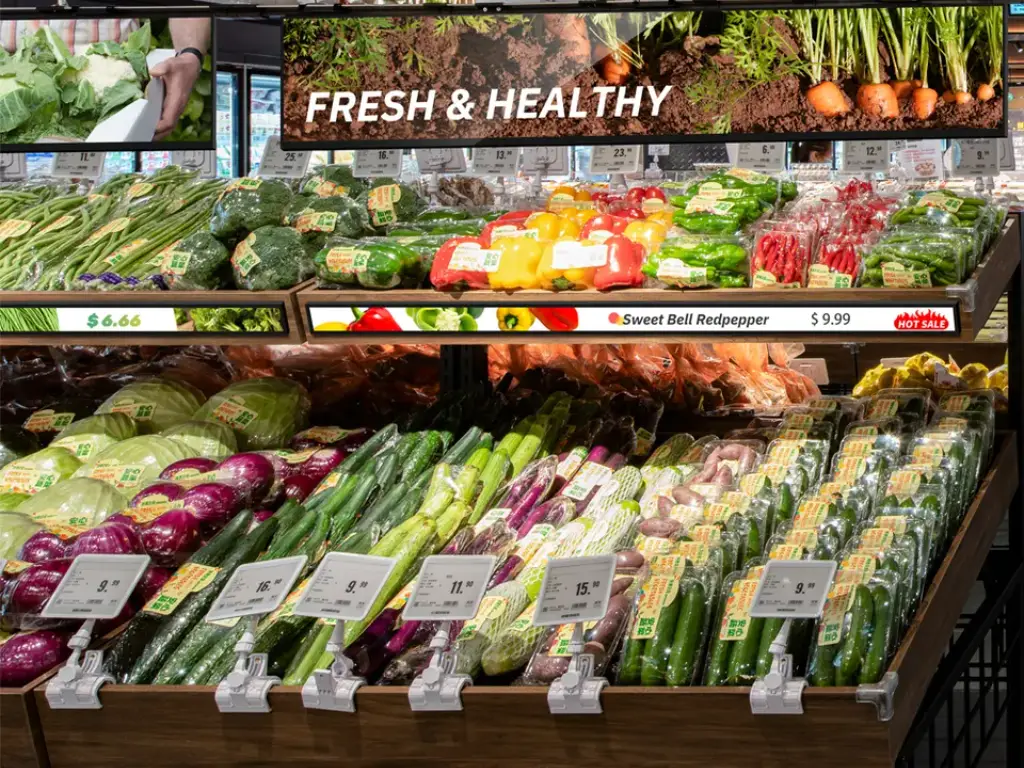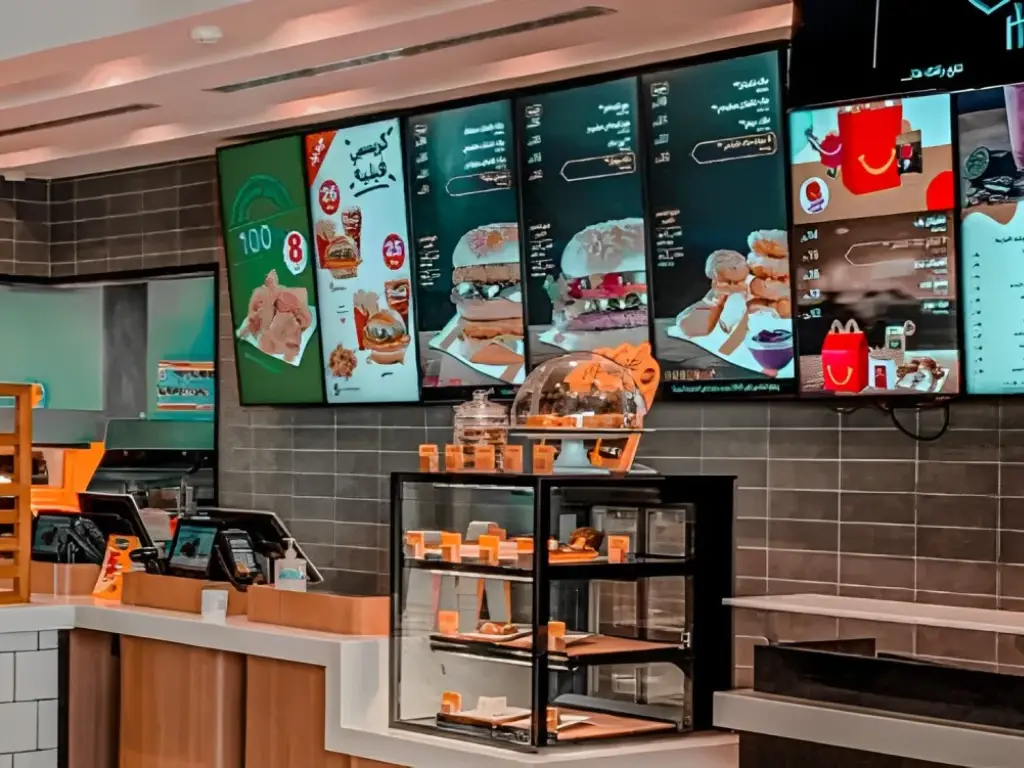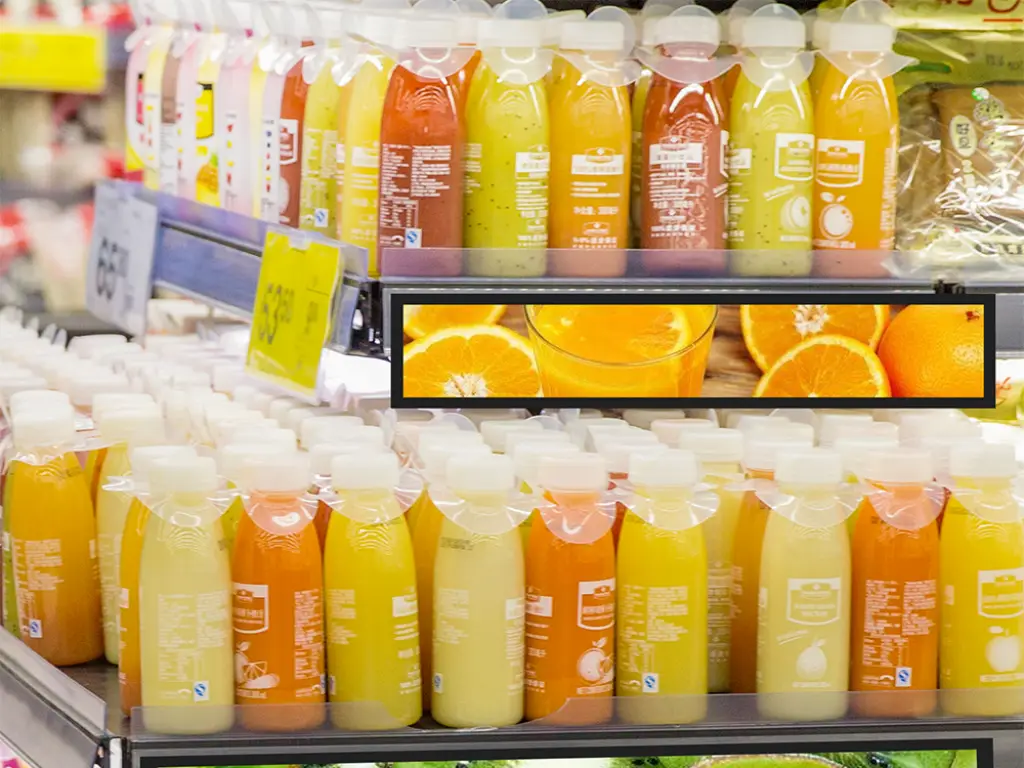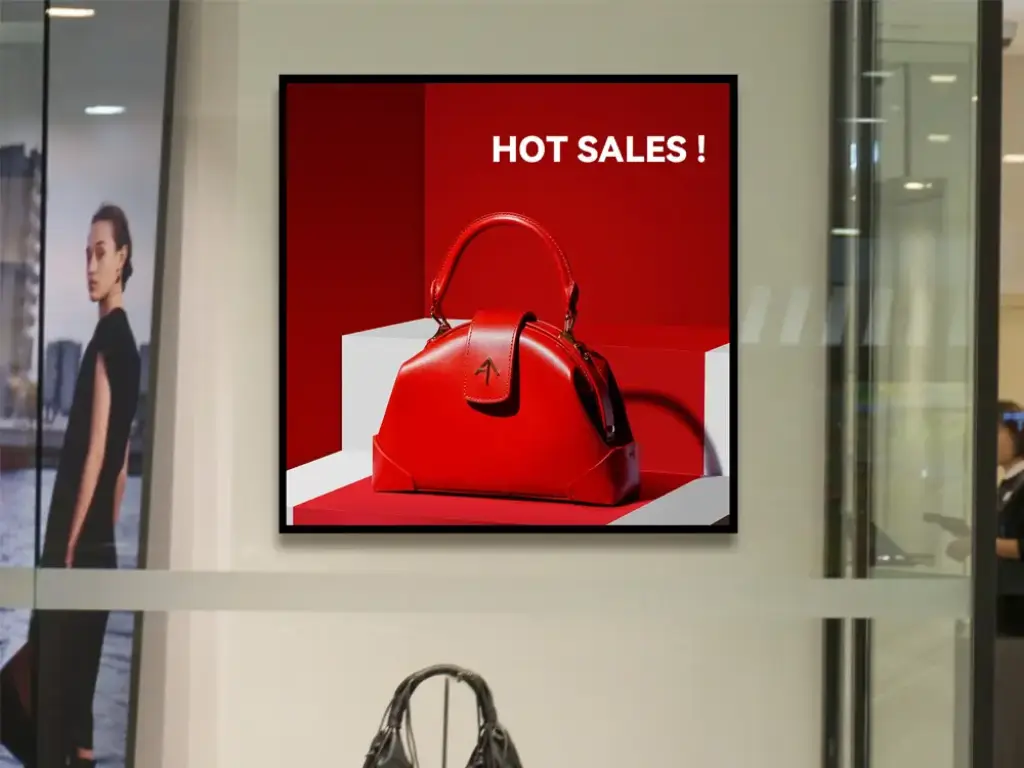The role of POP displays in retail marketing cannot be overemphasized, and it is mainly characterized in the following ways:
Attracting Attention: POP displays successfully help attract the attention of customers in a retail business that has many products available in a store through intense design, color, lighting effects, or moving contents that direct customers to certain products or sections.
Communicating Information: They are useful information transmitters and enable the transmission of important information like the prices of products, features, brand stories, and promotional offers in a short and concise manner to the customers so that they can know about the products.
Encouraging the Purchase Intent: POP displays may stimulate the desire to buy and result in impulse purchases by the customer by creating a sense of urgency (e.g., limited-time offers), by highlighting the benefits of the product, or by demonstrating usage situations.
Building Brand Image: Properly constructed POP displays have the potential to make a brand more professional and attractive at the time of purchase and support the image and rememberability of the brand in the minds of the customers.
Offering Navigation Information: POP displays can also be employed to direct the customers to a particular product category or promotional section in big stores or those with complicated layouts.
According to different materials, forms, functions, and the technology they use, POP displays can be divided into several types. Both of them have different application scenarios and benefits:
Posters and Signboards: These are usually printed out on paper or cardstock and are used to put on walls, glass, or stands to display product details or advertising messages. They are distinguished by a rather low cost of production and updates that are flexible (though requiring time to change physically).
Floor Stands/Dump Bins: These are usually made out of corrugated cardboard and are placed in the aisles, entrance, or a particular area to display a large number of goods along with catchy brand or promotional information with the hope of creating bulk purchases or instant attraction.
Shelf Ads/Shelf Flags: Signage placed on the edges of shelves or sticking out of shelves or in-store shelves embedded with electronic displays to denote the category of products or the introduction of new products, or a particular promotion to direct consumer focus.
Display Racks/Showcases: are usually made of different materials, e.g., corrugated cardboard, metal, wood, acrylic, or involve screens to display separate products, clarify their attributes, give samples to test, or give demonstrations.
Hang Tags/Suspended Signs: These are signs or advertisements suspended on the ceiling, which are commonly used in directional guidance, identification of areas, or even large promotional messages that make use of the vertical space to attract attention.
Window Displays: Creativity in the display of products in the shop windows through the use of various items such as mannequins, props, lighting, backdrops, and digital monitors, in a bid to get the attention of passersby outside the shop.
Roll-up Banners/X-Banners: Portable, retractable, or stand-supported banners that are lightweight and easy to move around, such as in store entrances, aisles, or event space, and are flexible display materials.
LCD Digital Signage: Uses the LCD technology to display dynamic videos, images, and animations. They are available in many kinds, such as standard-sized screens, custom-shaped stretched bar screens (ultra-wide screens), square screens, transparent screens, and touch-sensitive screens, which are extensively used across different retail environments that allow updating and managing content remotely.
Electronic Ink (E-ink) Displays: Similar to the look and feel of paper, e-ink displays have ultra-low power requirements, high contrast, and wide viewing angles, as well as the capability of retaining the images displayed even when the displays are switched off. It is applicable in POP applications where the display needs to be long-term and the power consumption is low, as well as outdoor/semi-outdoor applications in lighting.
Electronic Shelf Labels (ESL): Often small, low-power electronic displays, mounted on product shelves, which were used to show real-time pricing, advert text, and product details. They enable wireless remote updating and enhance the effectiveness and precision of price management.
LED Displays: This is made up of light-emitting diodes, and it has a high level of brightness and visual appeal. They are commonly applied in large outdoor advertisements or entrances to stores, because they are suitable to be viewed at a long distance and attract attention.
Holographic Projection/Transparent Displays: somewhat innovative technologies that project three-dimensional images or superimpose virtual content on real objects using special media or transparent screens, producing a high-tech, immersive effect to sell to customers.
Practical Guide: How to Choose the Right POP Display Solution for Your Retail Space
Choosing the best POP display is a process that allows one to consider several important aspects to achieve the best benefits of marketing:
Marketing Objectives: Be specific on what you want to achieve; it could be product emphasis, increased sales, improved brand image, or direction of traffic.
Budget & ROI: Compare short-term prices with savings that come with operations, and the possible returns. Digital POP can be expensive to implement, but less expensive on an ongoing basis and more valuable.
Store Environment: Store location (e.g, entrance, shelf, checkout), space, indoor/outdoor lighting, power/access to network. These affect display size, material, and technology.
Content & Update Needs: Establish what type of content will be (static or dynamic multimedia) and how frequently it will be updated. This determines the necessary display technology and flexibility of the content management system.
Desired Interaction: Make the decision about the level of interaction with the customer, whether it is a passive look, touch-based queries, or sophisticated motion-sensing tasks. Increased interactivity usually needs greater investment.
Maintenance & Management: Determine how easy a product is to install, maintain daily, and how easy it is to manage content, particularly when dealing with multi-store operations.
Vendor Support: Assess the capacity of the vendor to offer end-to-end services, including maintenance services, to ensure a stable operation.
Due to the evaluation of these points, retailers can select and implement solutions of POP displays that best fit their particular needs, successfully improving the attractiveness of stores, their sales, and customer experience.




